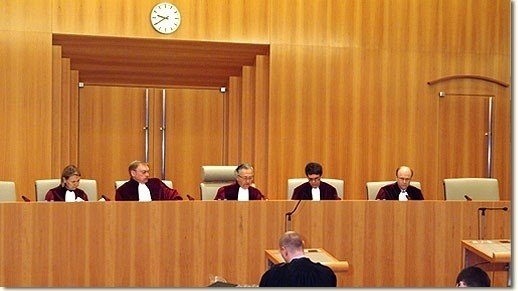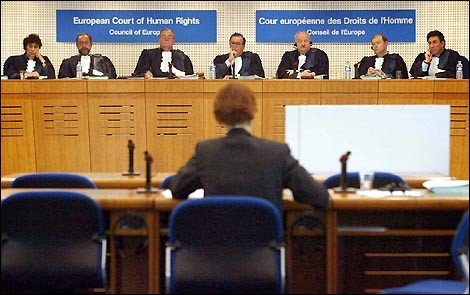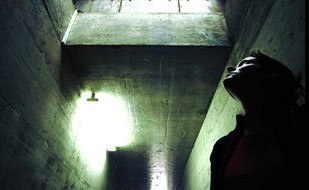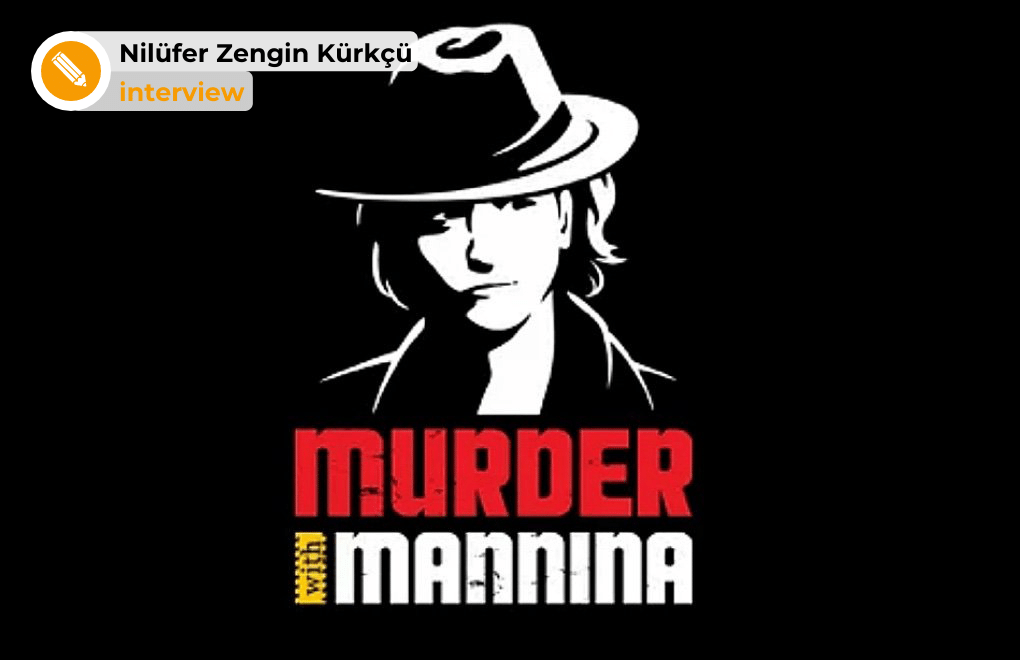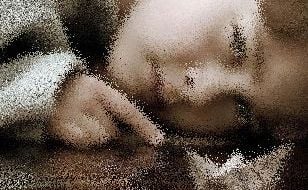The European Court of Human Rights (ECHR) has punished Turkey for failing to investigate a case of reported torture during detention. On 20 September, the ECHR decreed that although medical reports made during the plaintiff Siddik Onay's detention clearly mentioned evidence of torture, there was no prosecution of police officers.
Onay has been awarded 5,000 Euros in damages by the European Court.
Four days in detention
In 2002, Siddik Onay was 17 years old. He was detained in Diyarbakir, in the south-east of Turkey, on 22 May of that year.
According to ECHR files, Onay had been arrested on 26 May for suspected purse-snatching. A forensic medical report made before the detention said that there were some cuts on Onay's body, but that there were no signs of torture or maltreatment.
The next day, another report stated that there were no signs of beating or physical violence applied ot Onay's body. On the same day, the police applied to the prosecution to extend detention two days. Then Onay was taken from the Diyarbakir Police Department for Public Peace to the Children's Department.
Two reports mention evidence of maltreatment
On 28 May, Onay was taken for a medical examination again. This time, there was mention of marks on his body, said to be two or three days old. The report also mentioned the cuts on Onay's body.
On the same day, in the afternoon, another medical report was written. It confirmed the findings of the previous report. Both reports had been requested by the Department of Public Peace.
On 29 May, the Children's Department also asked for a report. While this report wrote about the pre-detention cuts, it did not mention the marks of torture written about in the previous two reports.
Judge also recorded evidence of torture
Onay was taken to the prosecution on the same day and denied the charges against him. The duty lawyer said that Onay had been maltreated in detention and requested a full medical report.
On the same day, Onay told the questioning judge that he had been tortured; the police had tied his eyes closed, administered electric shocks to his body, hit him with truncheons and forced him to admit the charges against him.
The judge also recorded the marks on Onay's body. However, Onay was sent back into detention.
Prosecution investigated
On 30 May, Onay's lawyer asked the prosecution to start proceedings against the police officers on detention duty. He repeated his request for a full medical report. The prosecution then started an investigation.
On the same day, the prosecution took a detailed statement from Onay. Onay repeated what he had told the questioning judge, but said that the maltreatment had ended once he had been transferred to the Children's Department. He said that the wounds on his arms were self-inflicted, when, not being able to stand the pain of the maltreatment, he had broken metal wires from the window and injured himself.
The prosecution then asked the Institute for Forensic Medicine for a detailed examination and an explanation as to the cause of the injuries.
On 30 May, the Institute said that the injuries on the arms were three or four days old and the result of the use of force. The report said that the injuries were not very important, but that they would stop someone from working for a day.
Case dropped
On 18 November 2004, the prosecution decided that the injuries all dated from before detention, and that other marks were made by Onay himself. There was thus no prosecution of police officers.
Following this decision, Onay applied to the Siverek Heavy Penal Court, which rejected his application on 19 January 2005. (TK/NZ/AG)






